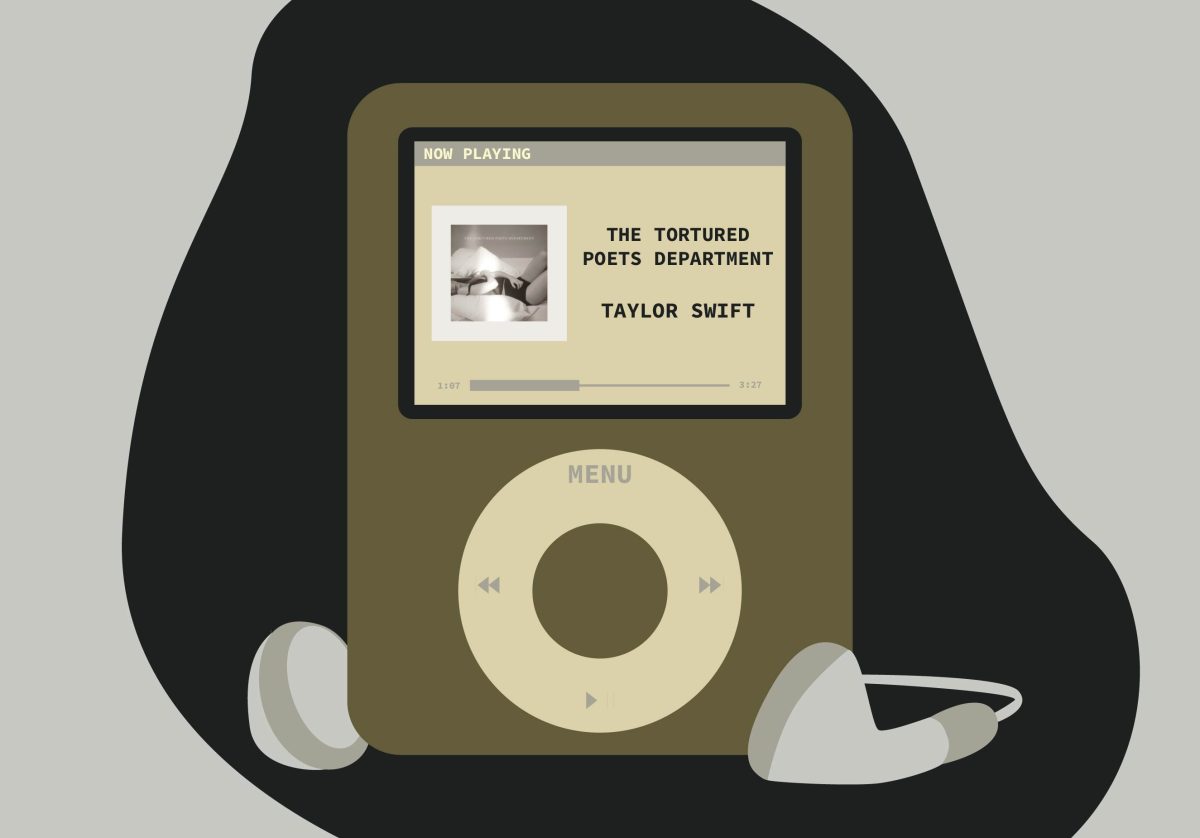.This is a war film that contains scenes as visceral and violent as anything Steven Spielberg hurled at us in “Saving Private Ryan.” It’s emotionally exhausting. But unlike Spielberg’s film, “Downfall” is much more than just shock and awe.
The German epic takes us deep inside the bunker where Adolf Hitler and his closest advisers spent their final hours at the end of World War II.
With the Russians ravaging Berlin’s defenses, the German ruler and his officers continue to send out implausible commands, consumed with a lust for victory they know is unattainable.
While the film’s battle sequences are sweeping in scope, its masterstroke is these moments inside the bunker, in which we see men deciding the fate of their people as if they were gods.
Few films have captured instances such as these, in which the viewer stands eye to eye with history’s most vile and iconic figures. We are virtually sitting on Hitler’s shoulder as he consults and decries his staff.
All of Hitler’s Nazi advisers are rendered with astounding precision by director Oliver Hirschbiegel and his steely cast. Most notable, though, is Joseph Goebbels, Hitler’s chief collaborator (as well as Goebbels’ wife, Magda Goebbels, the matriarch of the Third Reich, and Albert Speer, the architect who was to design Hitler’s Aryan Babylon from the rubble of Berlin).
The way “Downfall” is able to engage us so methodically with these characters is where the film is at its most difficult to watch.
The goal of almost every movie is to give its audience a moral center, a character or a group of characters it can care about. “Downfall” is a fascinating experience because, to put it simply, there is nobody but Nazis in the film.
That’s not to say “Downfall” is trying to make us care about Hitler and his disciples. It’s not. However, it is attempting to complicate a tyrannical regime that history has always looked at with a black-and-white lens.
While past films have tried to humanize Hitler in hopes of putting a face on his supreme evil, those films get into hot water because they slip into sympathy for the mad despot.
“Downfall,” however, humanizes Hitler and his Nazi commanders to better investigate their madness.
And there was no better time to witness the extent of this madness than during the Third Reich’s final hours, when the regime was crushed and dying.
Many of the film’s riskiest scenes show Hitler’s generals pleading with him to surrender to the Allies in hopes of preventing any more civilian casualties (approximately 50 million people died on both sides of the war). In these moments, it’s hard not to find some nobility in the Nazi generals who have taken themselves out of Hitler’s ideological game and are using rational thought in an attempt to save innocent lives.
Then again, these are the same Nazi generals who would have probably stood proudly in Hitler’s Nazi acropolis had Germany defeated the Allied powers.
It’s these types of back-and-forth thoughts that make “Downfall” so difficult to watch. The film even asks us to think about the perceived innocence of civilians in a time of war. How much accountability should the German people have in allowing Hitler to take power? Is there blood on their hands, too? Or, in the face of Hitler and Joseph Goebbels’ brainwashing, were they just innocent pawns?
“Downfall” doesn’t answer these questions. But it does present a more complex view of war and its warriors than most films do.
And in these times, when we’re constantly asked by our leaders to view issues of war in black and white, “Downfall” should be looked to as a burning torch. With the 20th century’s most uncomplicated war and the regime that stood at its center as its case, this film asks us to imagine the way history will view our own actions and inactions in a critical period.















